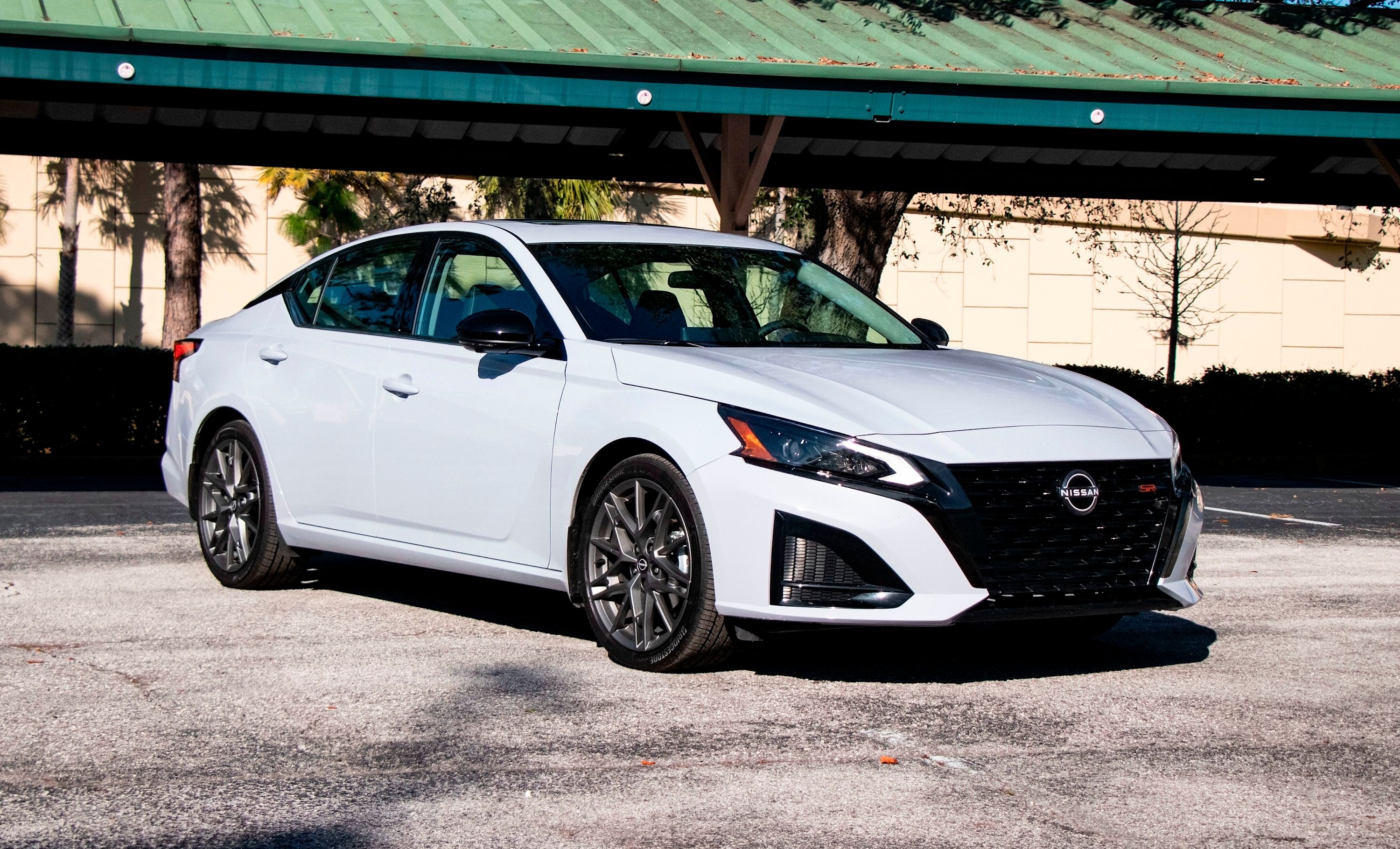
What are Partial Zero Emission Vehicles (PZEV)?
As the name suggests, Partial Zero Emission Vehicles, or PZEV for short, are automobiles that were specially designed to meet stringent emission standards in the US. They are not necessarily hybrid cars, but they are more environmentally friendly than traditional gas-fed vehicles. Key factors that define this specific classification include:
- Engine and fuel systems that produce no evaporative emissions
- Meeting super ultra-low emissions vehicle (SULEV) tailpipe standards
- Emission control parts are covered by a 15-year/150,000-mile warranty
These cars were originally developed to be sold in California, where air quality standards are stricter, but these same standards have been adopted by several other states, such as Vermont and New York. They serve as a halfway point between cheap, high-emission vehicles and much more expensive full hybrids and electric vehicles. That said, they are not the end-point but rather a step on the journey towards true zero emissions.
If you're wondering "Is my car a PZEV?", you can do a quick online search to see which vehicles in the USA meet SULEV standards. Some examples of the PZEV cars on the list include the:
- Nissan Altima (2011)
- Buick LaCrosse (2016)
- VW Golf (2012)
- Subaru Forester (2019)
- Porsche Cayenne (2012)
You'll note this list is mostly older vehicles; the reason for this includes the fact that most automakers chose to focus on hybrid, electric, or advanced technology partial zero emission vehicles (AT-PZEVs), with PZEVs featuring more like a stepping stone in this process.
Special Equipment Required to Meet SULEV Standards
Naturally, what it takes for the engine of a PZEV to meet these regulations varies from vehicle to vehicle, with certain automakers like Subaru taking it a step further with its enhanced engine control modules. Still, while there are quite a few enhancements, the changes are rather minor compared to what you'd find in an MHEV or PHEV. This helps to keep costs down, both for the manufacturer and the buyer.
In order for a traditional gas-powered vehicle to earn the classification of PZEV, the engine and fuel system need to be tweaked in a variety of ways. All PZEV cars need to include the following:
- Anti-Permeation fuel system liners: These specially designed liners, along with tight fuel injectors, prevent gas from leaking out and saturating the fuel system. This, in turn, reduces off-gassing, evaporation, and gas emissions.
- Carbon air intake traps: Fuel vapors remain in your car's combustion chamber for some time after you turn off your vehicle. Since these can leak out, special intake filters with charcoal canisters are fitted, which capture and absorb them.
- Carbon canister scrubbers: Just as vapors can escape from your engine compartment, so too can they get out of the fuel tank via the fuel cap. To meet PZEV emissions standards, a special scrubber insulates the fuel line, preventing these vapors from escaping.
- Close-coupled catalytic converters: A more closely coupled version of the standard equipment have an extra lining of precious metals that react to nitric oxide and nitrogen dioxide, catalyzing them into less harmful gases
- Engine control module: Some PZEV vehicles have special control modules that delay ignition timing in winter. This allows the rest of the system parts to warm up before the creation of emissions, meaning that they can absorb them properly.
What are the Benefits of PZEV Technology?
All of these changes to the components work towards lowering the emissions of PZEVs, but there are a few knock-on advantages, too. These comprise:
- Cleaner emissions without any loss in performance
- Easier and cheaper to repair than complex hybrids
- No special fuel or charging stations are required
But this is not to say that they are perfect. Technology has advanced quite a bit since PZEVs were first introduced, proving that they are little more than a stepping stone on the route to true zero emissions. As such, they:
- Don't provide any additional performance
- Don't reduce carbon dioxide emissions
- No money saved from better fuel economy or incentives offered
Nowadays, we have wider access to hybrid vehicles, both mild or plug-in, and even quite a few electric vehicles. With many manufacturers making the move towards full electrification, it is likely that PZEV technology will be applied to the few remaining gasoline-powered vehicles to ensure that they at least try to meet emission regulations when EVs are slamming it out of the ballpark.
